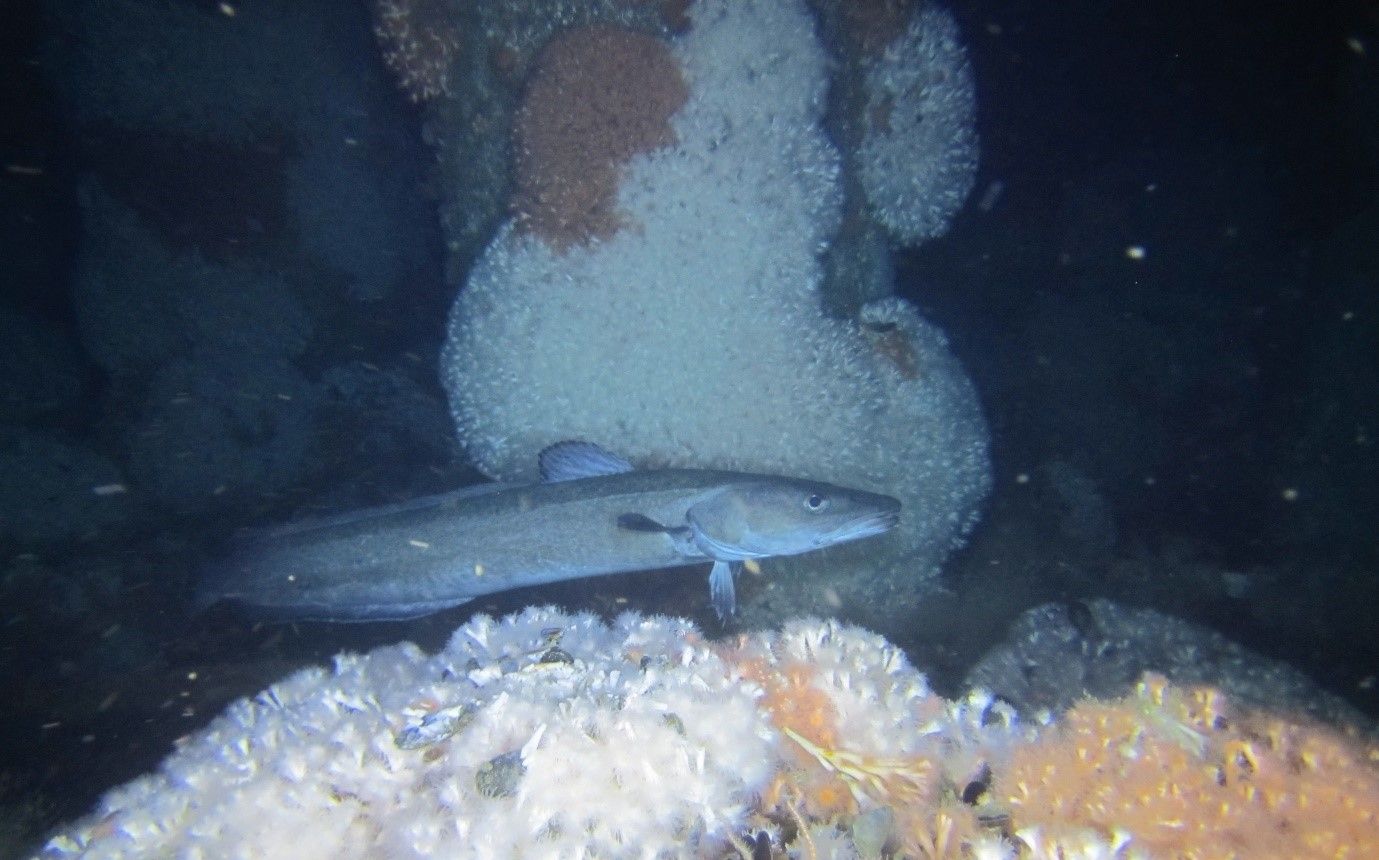University of Edinburgh
‘Sustainable Management of Marine Ecosystems’

By Lea-Anne Henry, Chancellor's Fellow in Sustainable Management of Marine Ecosystems at University of Edinburgh.
I came into the world just as the 1973 oil crisis fertilised the boom of the North Sea oil industry. Likewise, I might exit the world just as North Sea production meets its end. Simile aside, it’s been fascinating lately to watch Scotland diversify its technology and innovate the ways in which private and public sectors will come together to safely deal with oil and gas infrastructure coming to the end of its productive life.
Over 475 fixed structures, 10,000 km of pipelines, and 5,000 wells need decommissioning in the next 50 years at an estimated cost of £56 billion, in part to be paid by the UK tax-payer. Rapid developments in the decommissioning industry are bringing this cost down while making operations safer and cleaner. But the techniques and technologies are not yet available to achieve this in all cases, and for some structures that have been in the North Sea for decades, mature and highly diverse marine ecosystems have now established.
Industry-academia collaborations such as the INSITE (Influence of man-made structures in the ecosystems) programme enable sharing of data and research opportunities in such a way that these new marine ecosystems and the roles they play in the wider North Sea are now being examined.
Scotland should always strive for a clean seabed, but should also consider the pros and cons of derogated structures in marine ecosystems.
Merging industry’s data on species distribution with high-powered supercomputers and mathematical modelling reveals an interesting story of vulnerable cold-water corals travelling via ocean currents from the Atlantic to reach North Sea platforms. The models predict that these corals go on to disperse and connect to other platforms, and some even reach Norway, including marine protected areas designated to help corals recover from historic fisheries damage.
Oil and gas operators continue to progress this work with Scottish universities by having their teams of saturation deep-sea divers and remotely operated vehicles collect coral samples from these same platforms in their down time, so that this lineage, this “connectivity”, can be confirmed by molecular genetic techniques. Could this research eventually show that decommissioned oil and gas structures help conserve iconic Scottish species like cold-water corals?
The dense cold-water coral coverage on oil and gas platforms also supports a high biological diversity of smaller organisms. Most underwater video footage of these coral-covered legs are teeming with shoals of fish swimming amongst these man-made reefs. Could these fish be important prey items to long-ranging predators such as another iconic Scottish species, porbeagle, which are also observed swimming around Scotland’s offshore structures (and occasionally surprising teams of saturation divers inspecting the underwater structures). Ecosystem implications of decommissioning and full removal are not known, but with resources in the North Sea being so important to Scotland’s socioeconomy, it is imperative that ecosystem aspects are given due consideration in decision-making.
Robust late-life plans for oil and gas assets are an essential component of keeping Scotland’s seas healthy and productive, and these plans need to be underpinned by scientific evidence. My late-life plans are no different; experts say sunshine, family, and a good night’s sleep are essential. And someone said a wee dram of whiskey was good too.
With thanks to Lea-Anne Henry and everyone at University of Edinburgh.
Create an event with world changing ideas: businessevents.visitscotland.com | legends@visitscotland.com